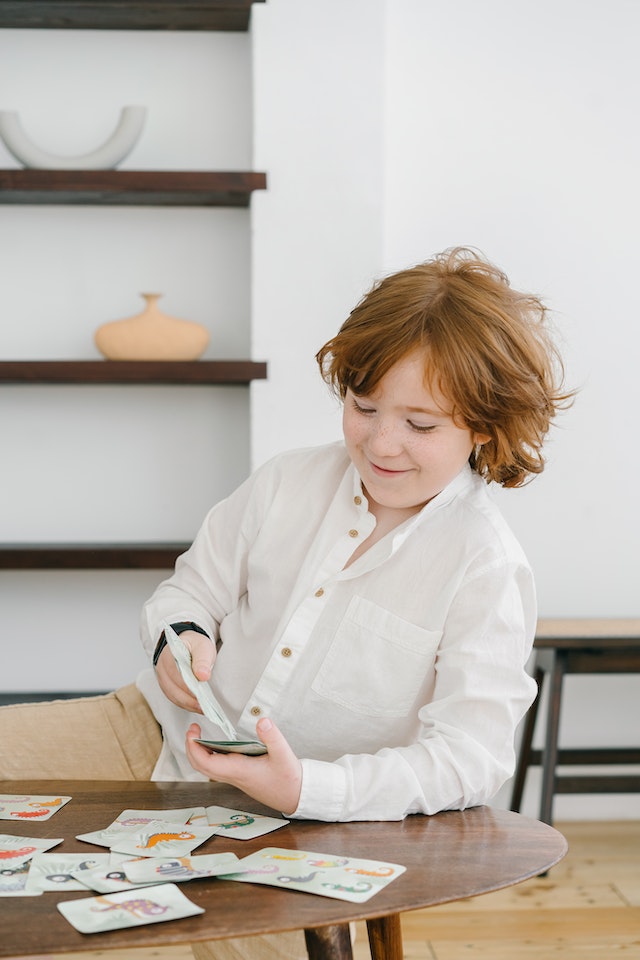Introduction
Teaching coding concepts to young children can be a fun and engaging experience that lays the foundation for their future in technology.
Flashcards are a versatile and effective tool that can simplify complex ideas and make learning enjoyable.
In this article, we will explore how you can use flashcards to introduce basic coding concepts to young children in an SEO-friendly manner.
Understanding the Basics of Flashcards
Flashcards are a tried-and-true learning tool consisting of a question or prompt on one side and the corresponding answer on the other.
They provide a concise and visual representation of information, making it easier for children to absorb and retain knowledge.
Choosing the Right Coding Concepts
When selecting coding concepts for your flashcards, it is important to start with the basics. Some fundamental concepts to consider include:
Sequencing:
Teach children about the importance of following a specific order or sequence of steps when solving problems or performing tasks.
Loops:
Introduce the idea of loops by showing how repetitive actions can be accomplished with a single command.
Conditions:
Help children understand how to make decisions in coding by introducing conditional statements like “if” and “else.”
Variables:
Familiarize children with the concept of variables, explaining how they store and represent data in coding.
Creating Engaging Flashcards
To make your flashcards appealing and captivating for young learners, consider the following tips:
Use vibrant colors and attractive images to grab children’s attention.
Keep the content simple and concise. Use clear and straightforward language suitable for their age. group.
Incorporate real-life examples and relatable scenarios to make the concepts more relatable and practical.
Break down complex ideas into smaller, digestible parts. This helps children grasp one concept at a time, avoiding overwhelming them.
Interactive Learning
To maximize engagement, use flashcards in interactive ways. Here are a few strategies to consider:
Game-Based Learning:
Turn flashcards into a game by challenging children to match the concept with its corresponding definition or apply it in a coding exercise.
Hands-On Activities:
Encourage children to participate actively in coding exercises. For example, you can ask them to arrange the flashcards in a sequence or create simple programs by combining different cards.
Peer Collaboration:
Promote cooperative learning by encouraging children to work in pairs or small groups. They can discuss the concepts and help each other understand the content.
Consistency and Repetition
Consistency and repetition play a vital role in reinforcing learning.
Incorporate flashcards into regular coding lessons, ensuring they become a recurring part of the curriculum.
Regular practice with flashcards helps children internalize the concepts and build a strong foundation in coding.
Monitoring Progress
As children progress, it is essential to monitor their understanding and adjust your teaching approach accordingly.
Observe their interactions with the flashcards, address any challenges they face, and provide additional guidance when needed.
Conclusion
Introducing basic coding concepts to young children can be a fun and interactive experience when using flashcards.
By selecting the right concepts, creating engaging cards, and incorporating interactive learning strategies, you can make coding accessible and enjoyable for children.
Remember to maintain consistency, promote repetition, and monitor progress to ensure a strong foundation in coding is established.
With these tips, you are well on your way to sparking a lifelong interest in technology for young learners.


